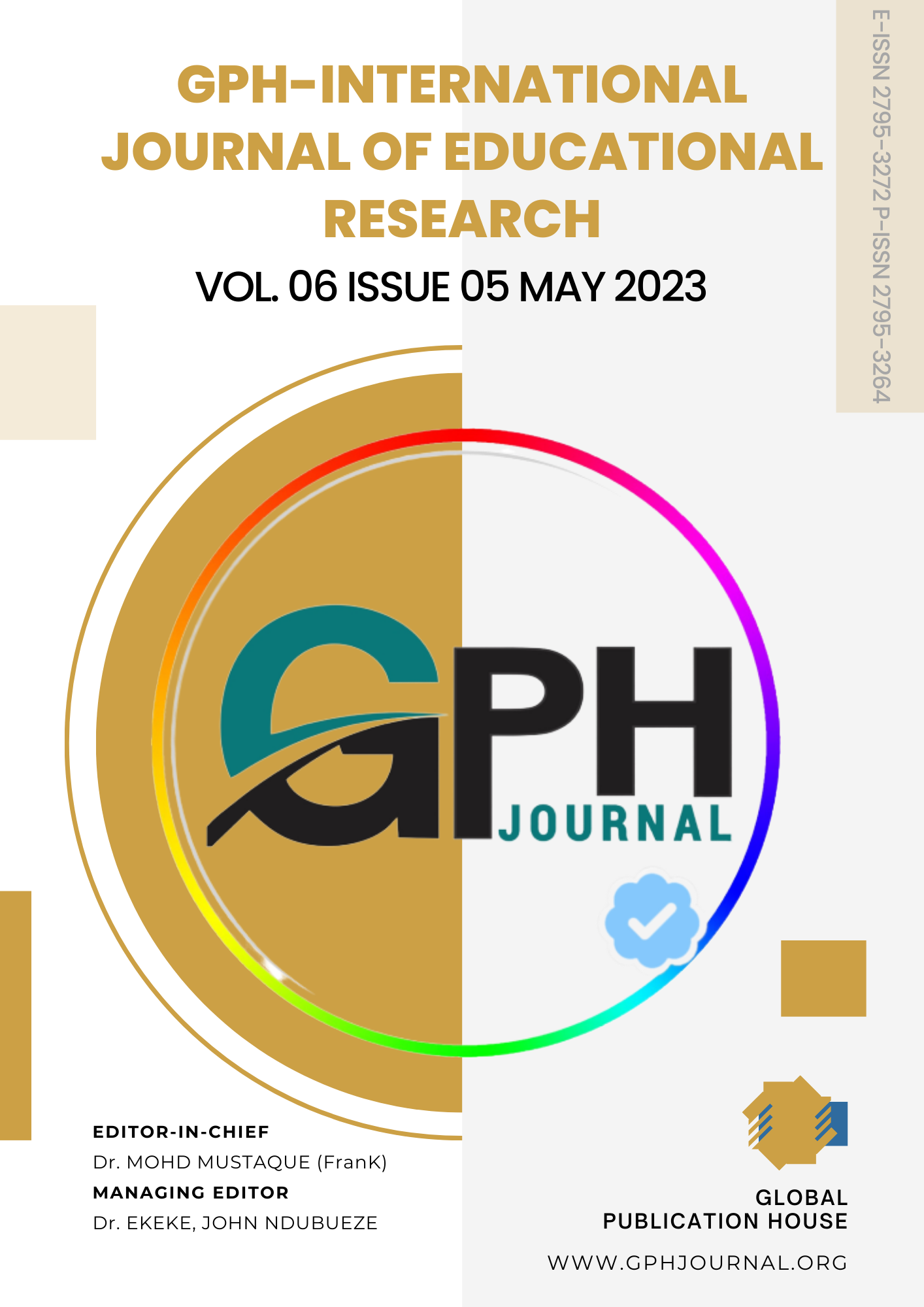Parent-Led Imitation Therapy for Non-Verbal Children with Suspected Autism
Abstract
This study examined the results of Imitation Therapy conducted by parents of non-verbal children. Fifty-six parents were taught to engage in a specific form of imitation therapy with their child by speech-language pathologists (SLPs) who were familiar with the therapy. The SLPs oversaw the therapy via Zoom conferences and consultation with the parents. Parents who completed the study worked with their child for thirty minutes a day, five days a week, for four weeks. Measures of speech and language production were taken throughout the intervention period to determine progress. The children, ages two to five and a half, made significant increases in the number of different phonemes and the frequency of speech sounds they produced as well as their instances of imitation. Eighty-five percent of them increased their word production. Most of the parents reported that the therapy had been effective in increasing their children’s language and imitation abilities. Children with mild autism symptoms showed more progress than those with severe symptoms. Some of the children who received fewer than the recommended twenty sessions progressed and those who received only two to three sessions did not demonstrate significant changes. Imitation therapy appears to provide an opportunity for parents to assist in children’s development of the sounds and imitative behaviors that are essential to language acquisition. Parent-led imitation therapy may offer an effective alternative when the availability of consistent speech therapy services is limited.
Downloads
References
Contaldo, A., Colombi, C., Narzisi, A., & Muratori, F. (2016). The social effect of "being imitated" in children with autism spectrum disorder. Frontiers in Psychology, 7(5), 726.https://doi.org/10.3389/fpsyg.2016.00726
Dawson, G., Toth, K., Abbott, R., Osterling, J., Munson, J., Estes, A., & Liaw, J. (2004). Early social attention impairments in autism: Social orienting, joint attention, and attention to distress. Developmental Psychology, 40(2), 271.
DOI:10.1037/0012-1649.40.2.271
Gill, C., Mehta, J., Fredenburg, K., & Bartlett, K. (2011). Imitation therapy for non-verbal toddlers. Child Language Teaching and Therapy, 2(1), 97–108. https://doi:10.1177/0265659010375179
Heimann, M., Laberg, K., & Nordoen, B. (2006). Imitative interaction increases social interest and elicited imitation in non-verbal children with autism. Infant and Child Development: An International Journal of Research and Practice, 15,
297–309. https://doi:10.1002/idc.463
Ingersoll, B. (2011). The differential effect of three naturalistic language interventions on language use in children with autism. Journal of Positive Behavior Interventions, 13(2), 109–118. https://doi.org/10.1177/1098300710384507
Ingersoll, B., Lewis, E., & Kroman, E. (2007). Teaching the imitation and spontaneous use of descriptive gestures in young children with autism using a naturalistic behavioral intervention. Journal of Autism and Developmental Disorders,
37(8), 1446–1456. DOI:10.1007/s10803-006-0221-z
Ingersoll, B., & Schreibman, L. (2006). Teaching reciprocal imitation skills to young children with autism using a naturalistic behavioral approach: Effects on language, pretend play, and joint attention. Journal of Autism and Developmental
Disorders, 36, 4. https://doi:10:1007/s10803-006-0089-y
Janson, B., Heimann, M., & Tjus, T. (2019). Comparing imitation responding and ibt for children with asd, a preschool intervention. Journal of Research in Special Educational Needs, 20(2), 97–108. https://doi.org/10.1111/1471-3802.12468
Krug, D. A., Arick, J. R., & Almond, P. J. (2008). ASIEP-3: Autism Screening Instrument for Educational Planning- Third Edition. Pro-Ed.
Lomeli, A., & Gill, C. (2022). SLP-Directed Imitation Intervention for a Non-Verbal Child with ASD. Texas Speech-Language Hearing Association Poster Presentation.
Meltzoff, A. N., & Moore, M. K. (1977). Imitation of facial and manual gestures by human neonates. Science, 198(4312), 75–78. https://doi.org/10.1126/science.198.4312.75
Penney, A., & Schwartz, I. (2019). Effects of coaching on the fidelity of parent implementation of reciprocal imitation training. Autism, 23(6), 1497–1507. https://doi.org/10.1177/1362361318816688
Radhakrishna, S. (2010). Application of integrated yoga therapy to increase imitation skills in children with autism spectrum disorder. International Journal of Yoga, 3(1), 26. DOI:10.4103/0973-6131.66775
Rogers, S. J. (1999). An examination of the imitation deficit in autism. In Nadel & G. Butterworth (Eds.), Imitation in infancy (254-283). Cambridge University Press.
Rogers, S. J., & Pennington, B. F. (1991). A theoretical approach to the deficits in infantile autism. Development and Psychopathology, 3(2), 137–162. https://doi.org/10.1017/S0954579400000043
Sigman, M., & Ungerer, J. A. (1984). Cognitive and language skills in autistic, mentally retarded, and normal children. Developmental Psychology, 20(2), 293.https://doi.org/10.1037/0012-1649.20.2.293
Stern, D. N.. (1985), The interpersonal world of the infant: A view from psychoanalysis and developmental psychology. New York: Basic books.
Uzgiris, I. C. (1981). Two functions of imitation during infancy. International Journal of Behavioral Development, 4(1), 1–12. https://doi.org/10.1177/016502548100400101
Williams, J. H., Massaro, D. W., Peel, N. J., Bosseler, A., & Suddendorf, T. (2004). Visual–auditory integration during speech imitation in autism. Research in developmental disabilities, 25(6), 559–575. 10.1016/j.ridd.2004.01.008
Zedler, E. (1972). Social management. In: Irwin J and Marge M (eds) Principals of Childhood Language Disabilities. New York: Appleton-Century Crofts, 355–391.
Copyright (c) 2023 Cynthia Gill; Jyutika Mehta; Muchinka Peele; Maya Cherukuri

This work is licensed under a Creative Commons Attribution-NonCommercial-NoDerivatives 4.0 International License.
Author(s) and co-author(s) jointly and severally represent and warrant that the Article is original with the author(s) and does not infringe any copyright or violate any other right of any third parties, and that the Article has not been published elsewhere. Author(s) agree to the terms that the Global Publication House will have the full right to remove the published article on any misconduct found in the published article.























